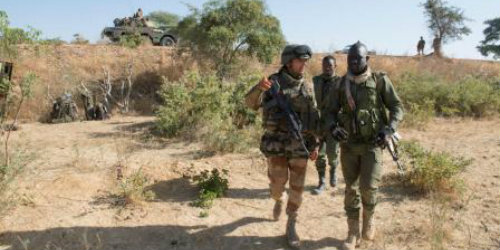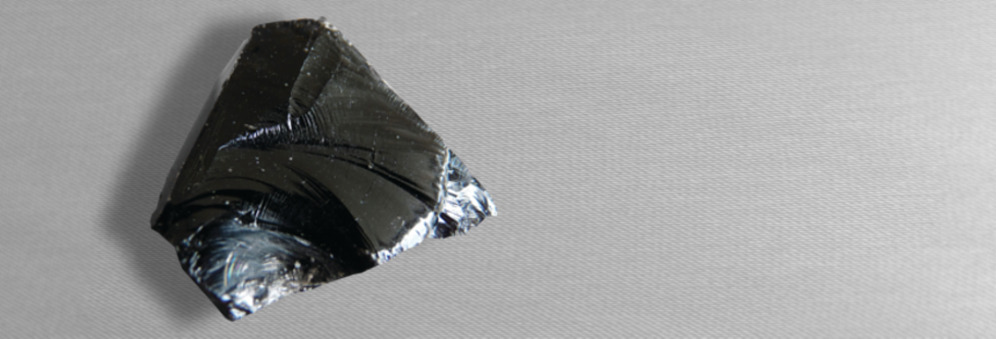Uncovering the Bronze Age and Early Iron Age in south-west Turkey
A Bristol-led team of archaeologists uncovered evidence about the Lycian Bronze Age through excavations at Çaltılar 'höyük', an ancient settlement mound in Turkey.
Thanks to years of archaeological excavations, public knowledge of Turkish Bronze Age history is fairly widespread, especially due to its connection with the famous site of Troy. Yet this is not the case for an area of south-west Turkey, known as Lycia since antiquity. Lycia occupies a critical position between the Aegean, eastern Mediterranean and inland Anatolia and, although the presence of significant monuments and Classical cities from the 5th millennium BC bear testament to the region’s rich heritage, relatively little is known about its archaeology in the pre-Classical early 1st, 2nd, and 3rd millennia BC.
Dr Nicoletta Momigliano, Reader in Aegean Prehistory in the Department of Classics and Ancient History, led a team of researchers investigating Çaltılar, a village in northern Lycia and site of an ancient settlement mound, in order to provide more evidence on the region's past.
"I’ve worked in other regions of the Aegean and Turkey for over 20 years. But this particular area has fascinated me because of the gaps in our knowledge about its early history. Although the area is mentioned in archival documents from the mid-late 2nd millennium BC found in modern Turkey, Egypt and Syria, no archaeological site of that period has been securely identified and properly investigated in Lycia so far" - Dr Nicoletta Momigliano.
A collaboration between the Universities of Bristol and Liverpool in the UK and Bursa in Turkey, the project explored the material culture and settlement history of Bronze Age Early Iron Age northern Lycia by means of a survey of Çaltılar höyük — the settlement mound near the eponymous village —and its immediate surroundings. The study documented the archaeological history of the site, making it available to both specialists and the general public, especially the local people, by establishing a visitor centre in the village as well as through outreach activities and a variety of publications.
The research took place in a number of stages, beginning in 2008. The study involved topographical and geophysical surveys, the collection of all artefacts visible on the surface of the mound and adjacent fields, aerial photography, study and recording of artefacts, ethno-archaeological investigations and scientific analyses of ceramics and obsidian tools.
From studying the antiquities collected from the surface of the mound and the physical characteristics of the site, a picture started to emerge, showing that occupation at the site started from around the late 4th millennium BC and finished around 600 BC. Artefacts discovered included around 33 000 potsherds, which were cleaned, weighed, and recorded, and around 1000 other finds, such as flint and obsidian tools.
Bringing history to life for local villagers
Findings from the research were shared with local communities through public meetings, which included interactive activities for children to help them understand the archaeological processes. Villagers were able to handle artefacts, effectively touching part of their history.
"Being able to handle the artefacts and chatting to researchers made the research come to life for villagers, providing a sense of how people lived and worked here in the past," said Nicoletta.
As well as opening a window into the village’s history, the research team also raised funds to restore two abandoned old school buildings and develop them as storerooms for the archaeological finds and most importantly, as a visitor centre.
"Many people from this rural area are not usually exposed to educational activities, such as those initiated by our project, and they do not normally visit museums. By creating a visitor centre which will house small exhibitions and host more outreach events, the Çaltılar Archaeological Project brings educational activities to these people, stimulating their appreciation of the cultural heritage of this region" - Dr Momigliano.
Related research groups
Related publications
Funders
 Study Classics and Ancient History
Study Classics and Ancient History
Join one of Bristol's oldest – yet most innovative – departments.
